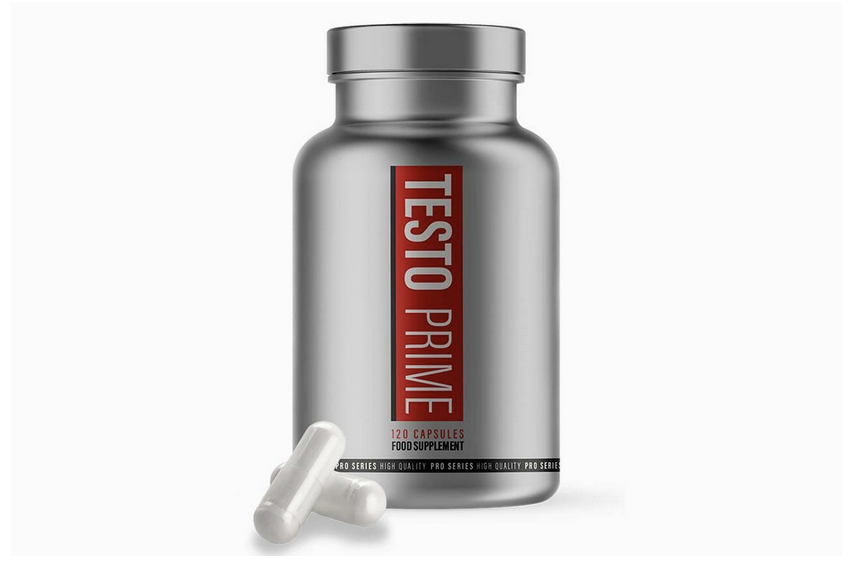Your face is often the first thing people notice about you, and having a well-defined facial structure can boost your confidence. Whether you’re preparing for a special occasion or simply want to improve your overall appearance, the process of losing facial weight can help you achieve your goals.
In this article, we will provide you with valuable insights, expert advice, and answers to frequently asked questions (FAQs) about losing facial weight effectively. By the end, you’ll be armed with the knowledge to embark on your journey towards a slimmer, more sculpted face.
How to Lose Facial Weight Fast
Understanding the Basics
Before we delve into specific strategies, it’s essential to understand the basics of facial weight loss. Your face comprises various muscles, and excess fat accumulation can lead to a rounder appearance www.timesofisrael.com. To achieve a slimmer face, you need to focus on reducing overall body fat while toning facial muscles.
Incorporating a Balanced Diet
A crucial step in losing facial weight is maintaining a balanced diet. Opt for a diet rich in fruits, vegetables, lean proteins, and whole grains. Avoid excessive consumption of processed foods, sugary drinks, and sodium, as they can contribute to facial bloating.
Staying Hydrated
Proper hydration is key to facial weight loss. Drinking an adequate amount of water helps flush toxins from your body, reducing water retention and promoting a more defined facial structure.
Cardiovascular Exercise
Cardiovascular exercises such as running, cycling, and swimming are excellent for overall fat loss, including facial fat. Aim for at least 150 minutes of moderate-intensity cardio per week.
Facial Exercises
Incorporating facial exercises can help tone and strengthen the muscles in your face. Try exercises like cheek lifts, jaw clenches, and tongue stretches to target specific areas.
Adequate Sleep
Getting enough quality sleep is essential for overall health and can aid in facial weight loss. Aim for 7-9 hours of sleep per night to allow your body to recover and repair.
Stress Management
High stress levels can lead to weight gain, including facial fat. Practice stress-reduction techniques such as meditation, yoga, or deep breathing exercises to keep stress in check.



